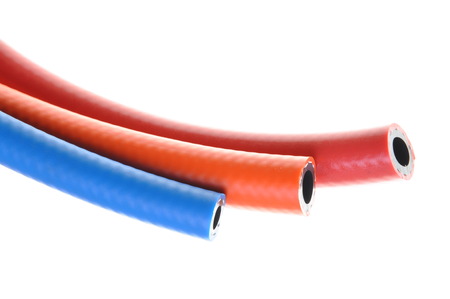What are oilfield fittings and why do you need them? This is a question that is still getting a lot of airtime as the oil industry continues to be an integral part of the USA’s industrial growth. Understanding oilfield fittings can help you improve the quality and resilience of your oil pipes and oil forging systems, and it can also help you take repairs out of the equation in the long run.
Also, as long as you know about the various types of oilfield fittings and pipe flanges you might need, you’ll have a much easier time selecting replacement fittings or choosing the right fittings for a brand new applications without making any mistakes. 
How Are Oilfield Fittings Any Different from Other Types?
When it comes to comparing oilfield fittings with fittings designed for hydraulic hoses, salt water applications and various other industrial purposes, there are a few important differences. Oilfield fittings are typically streamlined to prevent oil from gathering in specific places within the hose or the fitting and drying up – which could result in clogging and long term damage.
Also, pipe fittings for oilfield applications are made from smooth metal, typically steel or various alloys, so that the fluid can flow as easily as possible through tees and bends.
Applications You Might Need Them for
What are oilfield fittings and their most important uses? The most typical applications you might consider these fittings for have to do with the oil industry and the direction of flow for pipes and cylinders that carry oil and other liquid products associated with oil rigs.
Valves, pipe flanges, pipe fittings, bends, stub ends and reducers are the main types of oilfield fittings you can find on the market. Their uses vary from adjusting pressure and ensuring ideal flow, to seamlessly changing the direction of the flow of liquid and serving as internal or external ribs that are designed to strengthen oil rig pipes and enhance their durability.
Tips for Finding Quality Oilfield Fittings
When it comes to finding the right oilfield fittings, there are many important considerations and recommendations you have to keep in mind:
- Make sure you know what you’re looking for. Fittings vary in type, shape, size, material as well as several other important factors. So do your homework and find out exactly what fitting you will need for your industrial oilfield applications.
- Find out the standard of the flange fittings you’re buying, and whether they are lap, threaded, slip on or other types.
- Make sure the new fittings you buy are up to the challenge when it comes to withstanding the required pressure.
- Consider the materials that your pipe fittings might be made from, and research what the best type might be for your specific applications. Aluminum, galvanized steel, stainless steel, brass and cast iron are the most popular options available.
Buying from the Best
When it comes to finding and purchasing good quality fittings at a great price, your best choice is to look online for local providers or suppliers who can ship to your area. Although some might have exactly what you need, it’s a good idea to be cautious, do a thorough background check on the supplier, and make sure that the standard, price, type, material, size and resilience level of the fittings you buy will be in line with what you need for your oilfield applications.

